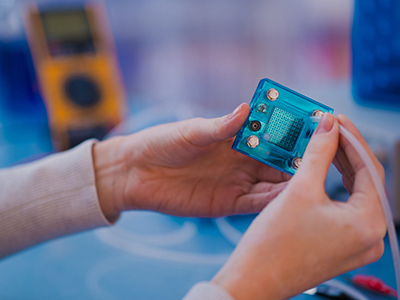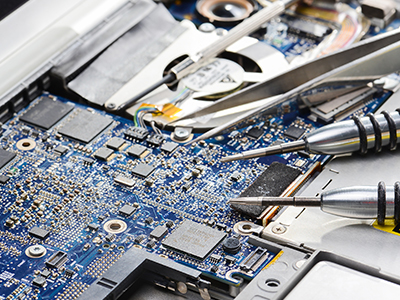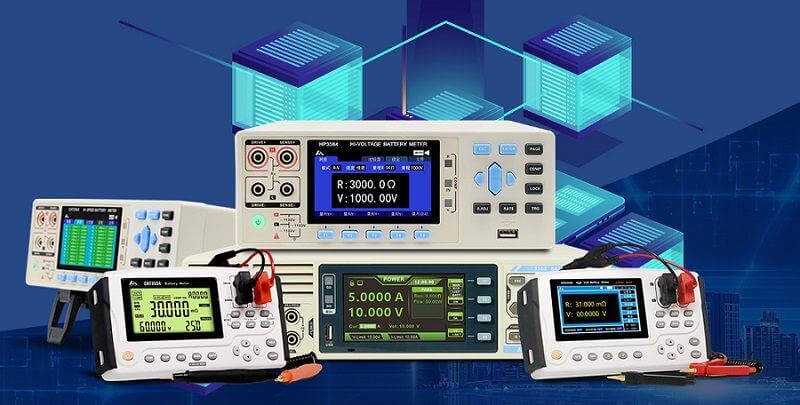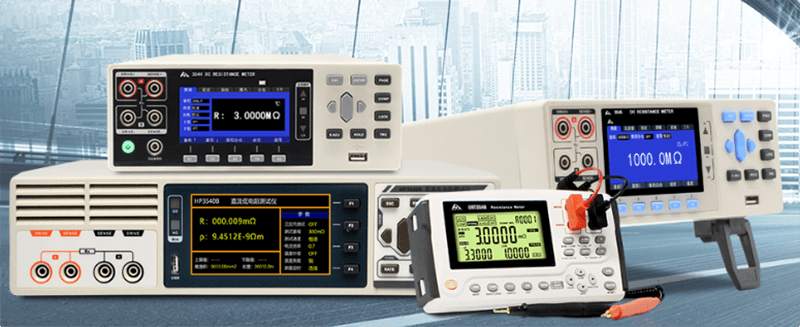FAQ
FAQs & Support
Welcome to Hope Instrument FAQs & Support. Please feel free to contact us by email for direct support at contact@hopetech.cn.
We offer the following service options:

Calibration

Upgrades

Melogy

Melogy
1. Services-Hope Instrument provides the following services for electronic test equipment manufactured by our factory.
2. Calibration-This service is provided to calibrate each instrument you purchased for us to the latest manufacturer’s specifications.
3. Repair-Repair or replacement of parts, wiring and circuit boards for each tester under warranty or non-warranty to the latest manufacturer’s specifications.
A Return Material Authorization (RMA) code is required for testers being sent to Hope Instrument for repair. An RMA code can be obtained by email at contact@hopetech.cn.
NOTE: Unauthorized returns for repair will not be accepted and will be returned at the shipper’s expense;
Or please contact your local representative or nearest Authorized Distributor of Hope Instrument.
4. Upgrades for Firmware & Software-Contact us and inquire about the availability of upgrades for the items purchased from us. We provide comprehensive firmware and software for all battery internal testers, resistance testers and PV safety testes with updates available here as needed.
5. Consulting and Training-Our services include personnel training and the selection of the whole Hope products, accessories, and documentation.
6. Order Process-After you select the proper model with the support of our sales After we receive your P.O., we will arrange the production or delivery. Arrange your payment 3-5 days before the goods is shipping out.
7. Check Order Status-To check the status of your order, contact your sales representivesor at: contact@hopetech.cn;
To place an order by email to contact@hopetech.cn.
8. Support-If you are seeking technical support on any level, or parts, manuals, please contact us by email at info@hopetech-instrument.com for additional details.
9. Delivery Date– Inventory products will be delivered within 5-7 days after receipt of deposit;
Products requiring new production of common materials, usually within 15-20 days;
Products requiring new production of special and rare materials, usually within 30-40 days.
10. Customize Service-There are many models in our company, which can support customization. Tell us your special needs and we can offer you the tailor-made solutions.
11. Warranty Inforamtion-Each equipment is warranted for a period of 1-2 year (different products) unless otherwise stated. Extended warranties may be purchased for most reconditioned equipment. Ask your Account Executive for details.
This is a general statement of warranty policy and is not complete. For a complete statement, including further limitations, contact Hope Instrument sales department.
Basics of internal resistance meter

Testing the internal resistance and voltage of the battery is a quick and effective method to identify the battery’s conditions.
According to the different battery models established, there are two main methods: AC injection method and DC discharge method.
The AC internal resistance method is based on the battery impedance model to measure the vector impedance of battery.
It is the equivalent resistance of the battery impedance in the vector plane.
Because the two test methods are based on different models, there is not much contrast.
But both can be used to evaluate the performance of the battery. Generally, in the internal resistance test of the lithium battery, the AC test method is more common.
Usually 1kHz
Hope instrument’s DC electronic loads have the function of testing the DC internal resistance of the battery.
Due to the eddy current effect of the AC signal, part of the current is bypassed, which results in a reduction in test accuracy.
There is a metal plane near the loop plane 10cm formed by the test leads, or there is a metal substance in the loop.
The two-probe test is only suitable for impedance measurement at the Ω level. The internal resistance of the battery is generally at the mΩ level, and the four-terminal test can reach the impedance test at the μΩ level.
FAQ of HT3563 series battery internal resistance tester

The difference between each model in HT3563 series battery meters is the test voltage range.
Model Test voltage range
HT3563 60V
HT3563A 300V
HT3564 1000V
No difference in test accuracy, resolution and resistance range.
(1)First check:
whether the test line is well connected;
whether the test line interface is loose;
whether the test clip is in contact with the product;
(2)Check the test range
If the test value is greater than the range, the test will have no display value.
It is recommended to turn on the automatic range function during the initial test, and then lock the range after clarifying the test value range;
(3)Check the trigger mode
The tester trigger modes are including internal trigger, manual trigger and external trigger, there is no display after the test line is well connected, check whether the trigger mode is set as internal trigger (INT);
Turn to the setting interface page, check whether the test mode is set to R or V, and set the test mode to R-V to display the internal resistance and voltage normally.
(1) Check whether the trigger mode is external trigger (EXT);
(2) Check whether the wiring of the HANDLER pins is correct;
(1) Check if the RS232 serial cable is connected properly
(2) Is the COM port selected correctly?
(3) Is the command sent correctly?
Using the zero-clearing function. Short the test clip correctly, and observe whether the internal resistance and voltage are 0. If it is not 0, press the 0.ADJ button to confirm the operation and clear the tester.
(1) The tester uses the Kelvin four-probe test method. Check whether there is a short circuit between the test line and the object to be measured. If there is a short circuit, it is a two probe test, which results in unstable data and contact resistance.
(2) If it is a self-made test line, check if +,-of DRIVE and +,-of SENCE are entangled. If not, please make sure to entangle them.
(3) Do not put the test leads close to metal plates and other objects, especially the unwound parts should be far away from the metal, otherwise the test value may be unstable due to the eddy current between the metals.
(4) If it is a self-made test line, please reduce the length of the test line as much as possible (best within 5m). The test line is too long, it is easy to accept noise, resulting in unstable test values.
The 3563 series battery internal resistance tester can be used to test various lithium batteries, nickel-metal hydride batteries, nickel-cadmium batteries, button batteries, cylindrical batteries, and soft-pack batteries. It is used to test DC voltage and AC resistance.

